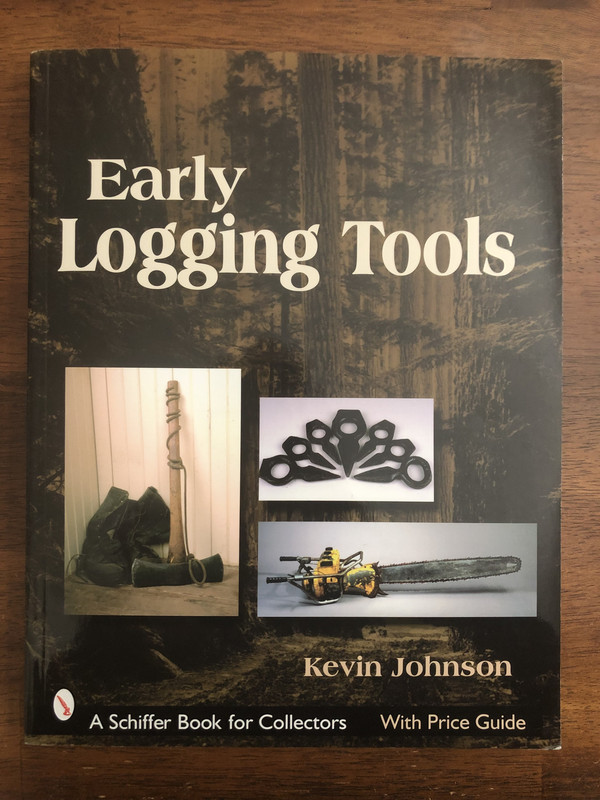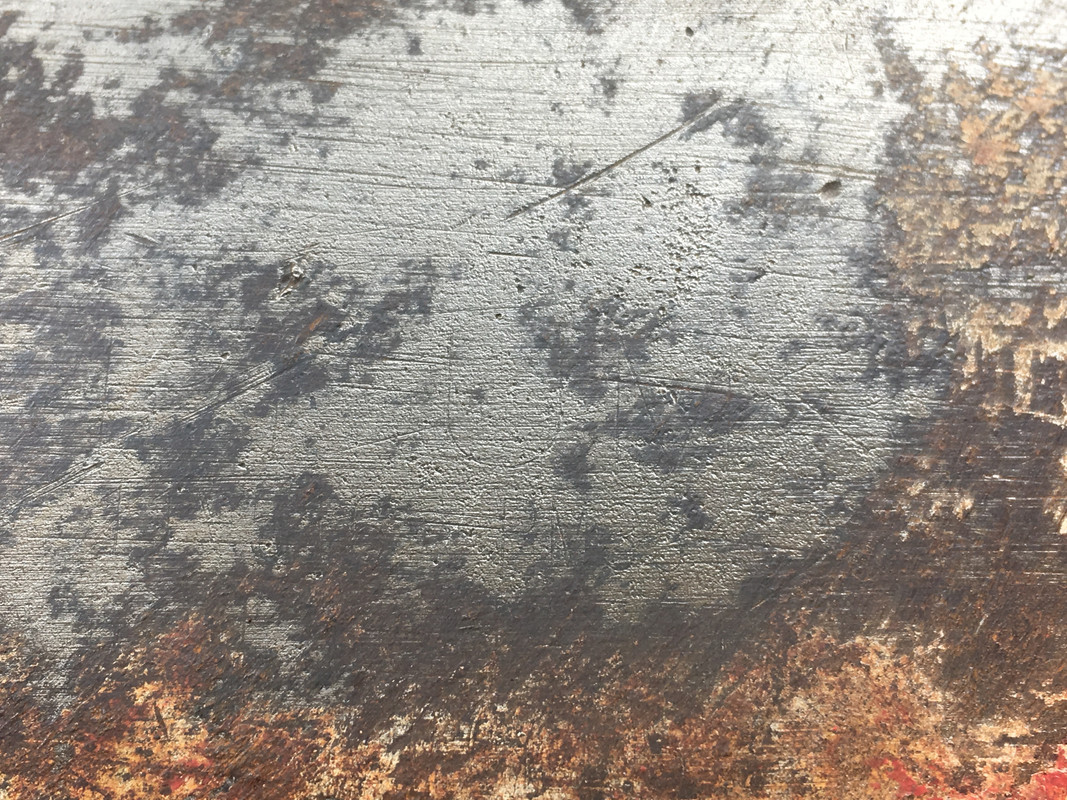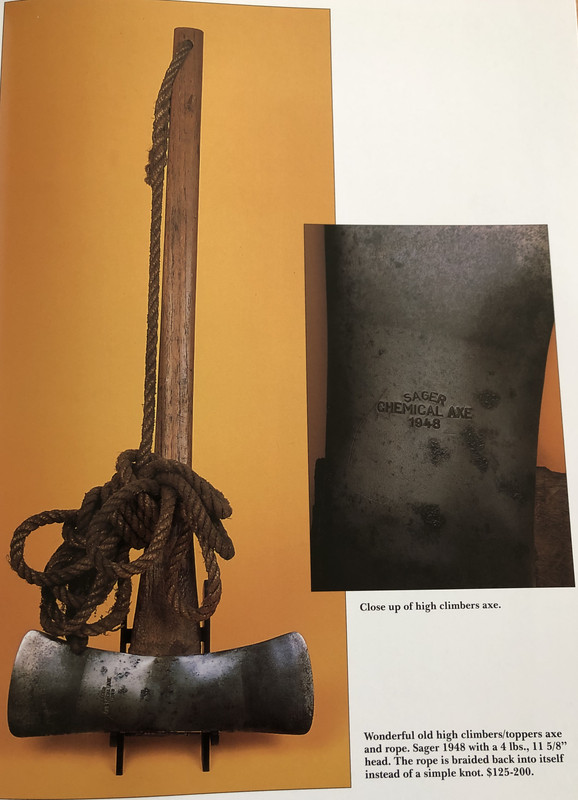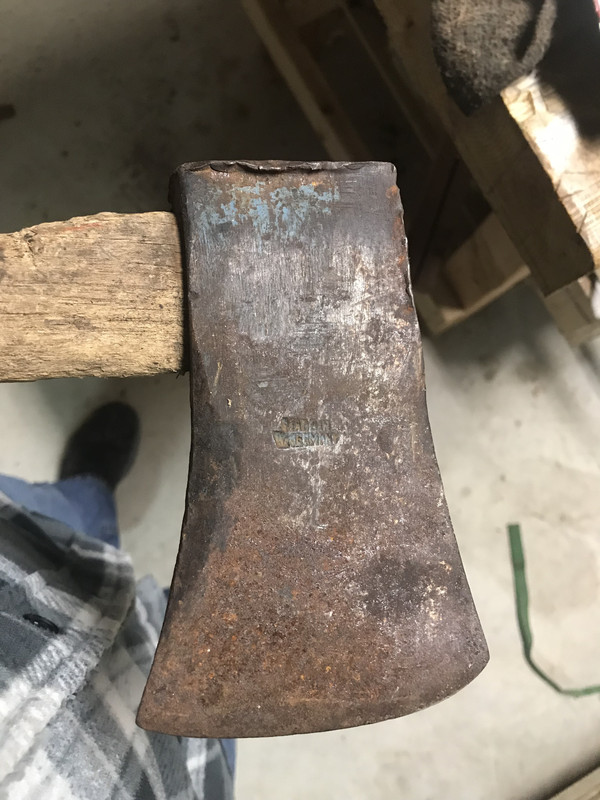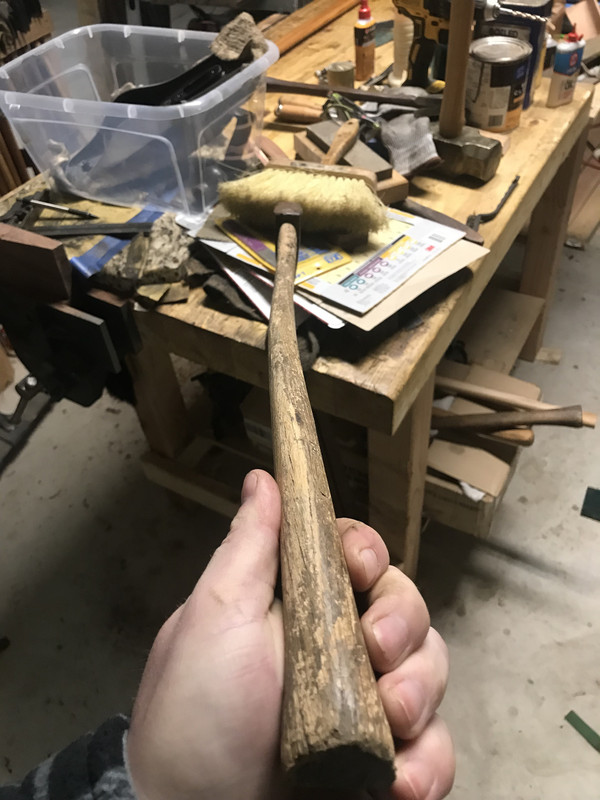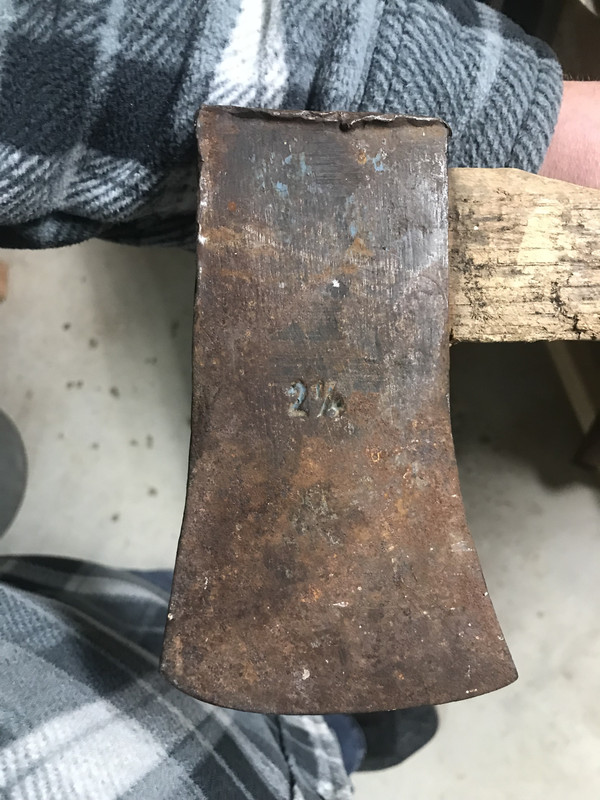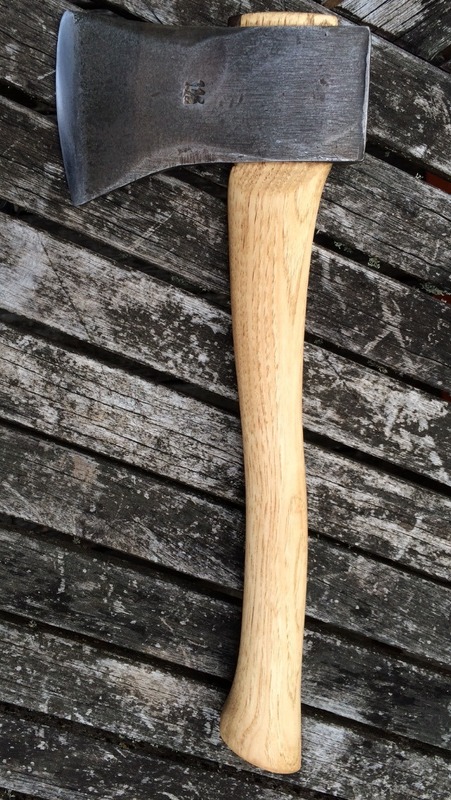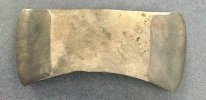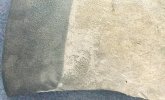- Joined
- Jul 31, 2017
- Messages
- 1,480
I just stumbled on Canadian Jointer's and Framing axes ... maybe it will shed some light on their axe patterns and use philosophy. What caught my attention is how heavy they are.Just wanted to share my latest acquisition and to give a shout out to @jblittle. I clicked buy it now Friday night and received it today already!!!
I really like the shape of the head. Not sure what pattern you would call it. The poll isn't quite tall enough for a connecticut, not quite a dayton or michigan either. Maybe a yankee pattern? Measures 5" across the edge, bit to poll is 6 3/4", poll is 3" and weighs 3.25 lbs. I spent quite a while sharpening it and got it very sharp and the bit is quite hard also. had just a little mushrooming of the poll which I decided to file down.
Trying to decide what kind of handle to put it on. Thinking about a 28" straight handle, to make it a good chainsaw companion.
Thanks JBLittle!
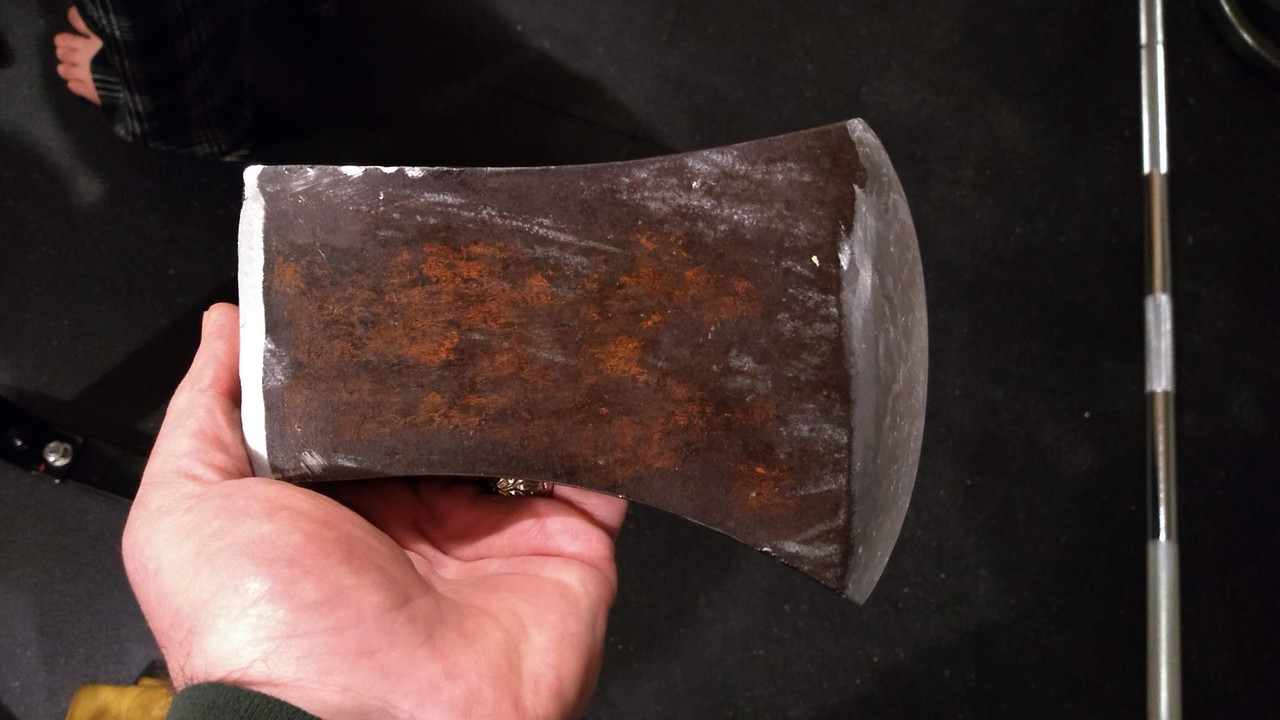
Last edited:


